Editor’s Note: This article has been modified to update information originally published September 22, 2019
And now a Halloween-bubble-bursting PSA: there were never any witches in Salem.
At least not in 1692, and not in the cauldron-stirring, body-snatching way Hollywood would have us believe. And while this minor thrill—that something wicked supposedly this way comes—might seem like a reason to visit Salem, it’s not the best one, not by a mile. The real reason to make a weekend getaway to Salem is because this quirky, energized city has evolved from its roots as a maritime trading power into an eclectic destination with dozens of options for exploration—most of them affordable and accessible, and nearly all of them memorable.
Founded by a group of religious rebels in 1626, Salem quickly became of one of the top three U.S. Atlantic ports and a spice-trading powerhouse. By the time the Revolutionary War rolled around, the city made its mark with another important, and equally rebellious, activity: privateering. In an act of incentivizing that would make modern marketers drool onto their tablets, the government granted enterprising private ship owners permission to attack British merchant or naval vessels, and sell the captured boats and their cargo for profit. Privateering effectively hobbled England’s commercial fleet, with $18 million in losses—that’s in Revolutionary War dollars—and contributed in no small way to its wartime defeat.

Over the centuries, Salem has managed to steadfastly preserve its history while transforming into a modern tourism destination—one with a penchant for festivals nearly every weekend of the year, a burgeoning dining and cocktail scene, and a zero-tolerance policy for discrimination. It also provides a unique arts-and-culture escape, without the congestion of Boston.
. . . Unless, of course, you visit in October. If you’re really into Halloween lore and don’t mind hefty hotel prices or being cheek-to-jowl with a few thousand of your closest friends, go forth and conquer those ghosts. For the rest of us, Salem has plenty going on all year long, none of it having to do with its infamous witch trials (more on those below).
Here’s how to spend 48 hours in Salem.
Day 1 in Salem
Parking within Salem’s garages and lots can be pricey; skip them and set your GPS for Bridge Street, where you can park for free all day.
Since the majority of Salem is easily explored on foot, hoof it toward the Waterfront District, about 10 minutes’ walk from the downtown center on the eastern end. On Blaney Street, take a few minutes to appreciate Herb Mackey’s Metal Sculpture Yard, an impressive collection of scrap-metal and found-object whatchamacalits by a self-professed “junk collector,” and one of Salem’s most endearingly kooky offerings.
Herb Mackey has one of the more unusual and entertaining art displays in Salem; photos by Robin Catalano.
One street over, pay a visit to the House of the Seven Gables. While it’s best known for the supernatural treatment it got in Nathaniel Hawthorne’s eponymous novel, more important, it has served as a settlement house for immigrants since 1908. It’s worth a tour of the frequently cramped, dim, and low-ceilinged rooms for a glimpse of the harsh reality of Colonial New England life—and this was for well-heeled. Outside, take in the soothing coastal views from the Seaside Garden.
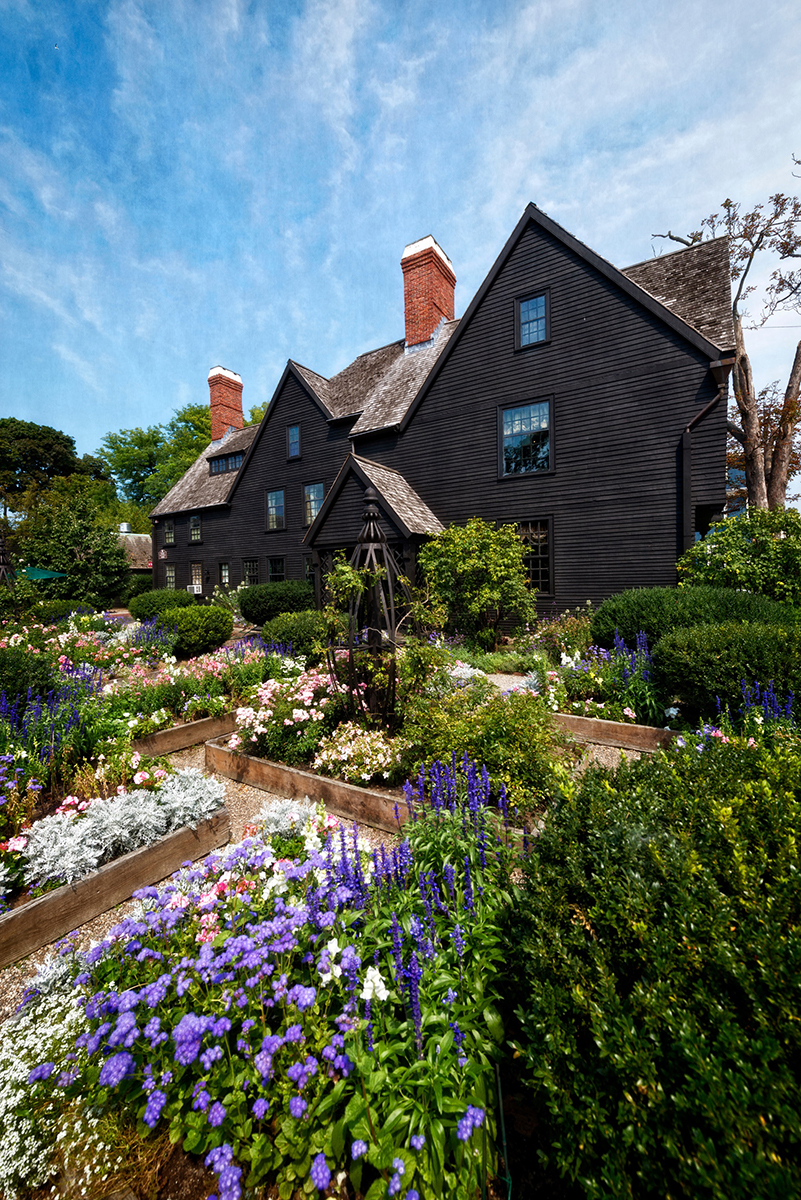
As you wander back along Derby Street, stop at Ye Olde Pepper Candy Companie. Home of the first commercially made candy in America, it sells authentic saltwater taffy, Gibralters, barks, fudge, and more, all in charmingly old-timey packaging. Then spend some time admiring the historic architecture of the Salem Maritime National Historic Site, including the Customs House. Directly across the way, you’ll get an overview of the city’s seafaring history, and be able to board the Friendship of Salem, a replica of a 1797 merchant vessel.
Stop for lunch at Bambolina, which serves small plates, craft beer, and stellar wood-fired pizza in creative combinations—the earthy Forest Mushroom and the Farmer’s Market, with asparagus, tomato, zucchini, and friend egg, are standouts. Walk off the indulgence by heading up New Derby Street into Artists’ Row. From April through early November, it’s home to shops and studios where you can observe painters, ceramicists, fabric artists, and more working, and purchase their handmade goods.

If the stroll through Artists’ Row stoked shopping cravings, the downtown, especially throughout the Essex Street Pedestrian Mall, is packed with independent shops selling food, teas and coffees, clothing, housewares, books, toys, and, of course, witchcraft souvenirs and supplies. For food, top picks include gourmet shop Pamplemousse (check out their noteworthy selection of meads), artisanal Salem Wine Imports (who often host free Tuesday tastings), dairy lover’s haven the Cheese Shop of Salem, and Kakawa Chocolate House, which stocks a variety of historically authentic drinking chocolates, plus exquisite truffles and candies.
Chic, beautifully merchandised Moody’s Home & Gifts has a lovely selection of home goods, from textiles to planters and fair-trade African baskets, and gifts sure to spark where’d-you-get-that? conversation. Or pick up a custom fragrance at Aroma Sanctum, or a handmade treat for your furry friends at New England Dog Biscuit Company.

Come late afternoon, venture a few blocks afield to the McIntire Historic District, home to the city’s highest concentration of pre-1900 homes; you’ll find placards on each, identifying the founder and his profession. As the sun slides down the sky, the play of light geometry over the tops of the peaked rooflines and through the leafy trees lining the road make Chestnut Street one of the prettiest spots in the city. Chestnut also boasts some of the city’s most beautiful homes, including the Phillips House and Pickering House, which are open for tours.
Head back downtown just before dinner. This area has its own share of historic architecture, including Lyceum Hall, built over the site of apple orchards once belonging to witch trials victim Bridget Bishop, and later the site of the first demonstration of a long-distance phone call. Across the way, there’s 50 St. Peter, upscale apartments on the former site of the Old Salem Jail (see box below).
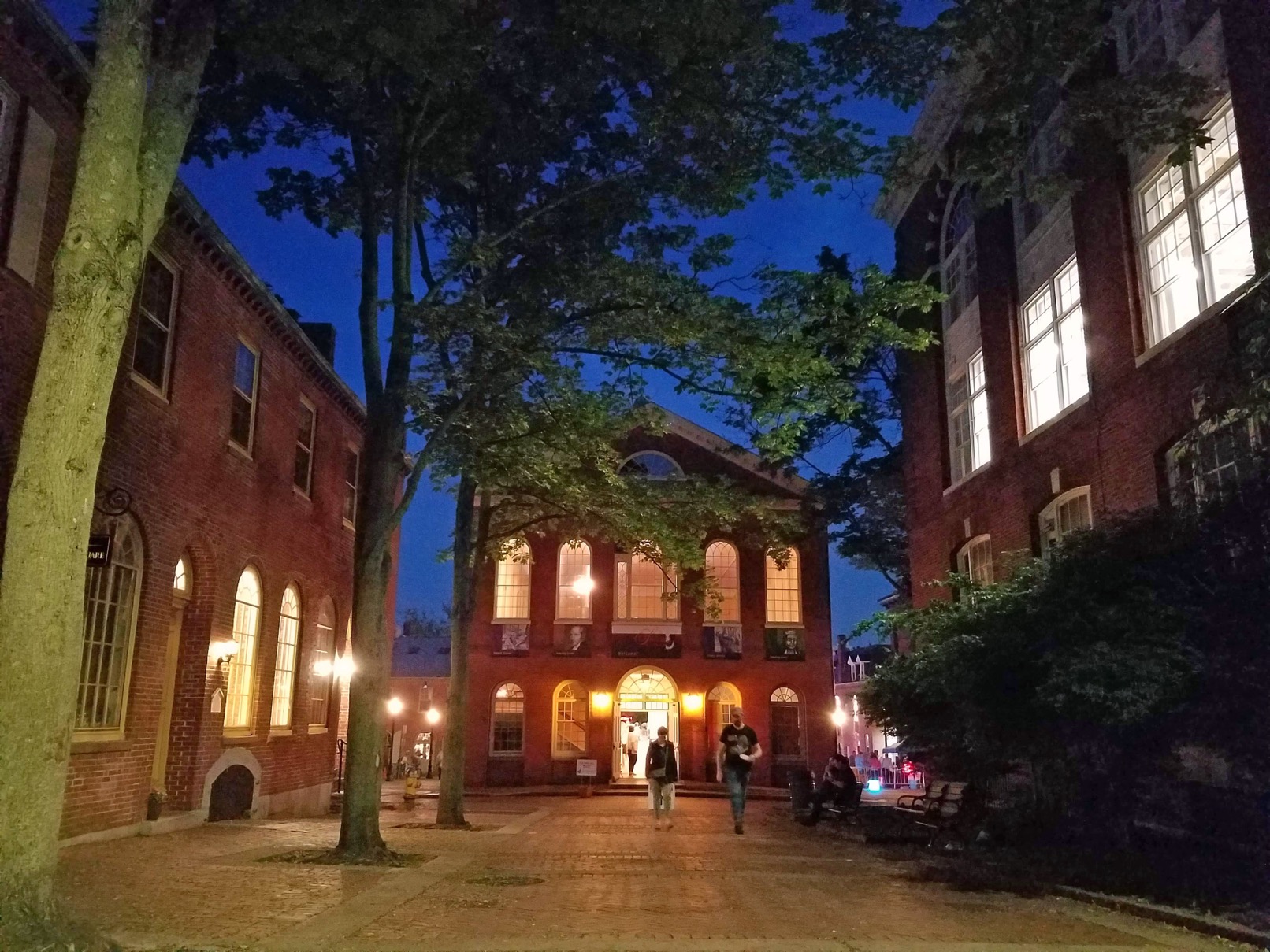
You’ve got almost too many choices for dinner. Adriatic is casual white-tablecloth, serving upscale Mediterranean, while Ledger and Dire Wolf are great spots for appetizers and craft cocktails. Turner’s Seafood, only six years old in its Salem location, is practically an institution. But good luck getting a table; on three different weekend visits, it had a nearly two-hour wait. No matter which restaurant you choose, make reservations, or you’ll be stuck with an early bird seating or Euro-style 9:00 p.m. dinner. And bring a fully loaded wallet; dining in Salem generally doesn’t come cheap, but the quality is on par with big-city restaurants.
Salem’s dining scene is on par with big-city Boston fare, photos by Robin Catalano.
A word to the wise: save your dessert calories. Open only on the weekends, in an unmarked storefront down a creepy-looking alley, Goodnight Fatty is a late-night cookie “speakeasy” that bakes small-batch treats, including a vegan flavor. Savor your cookies warm while chatting and playing vintage games like Battleship.
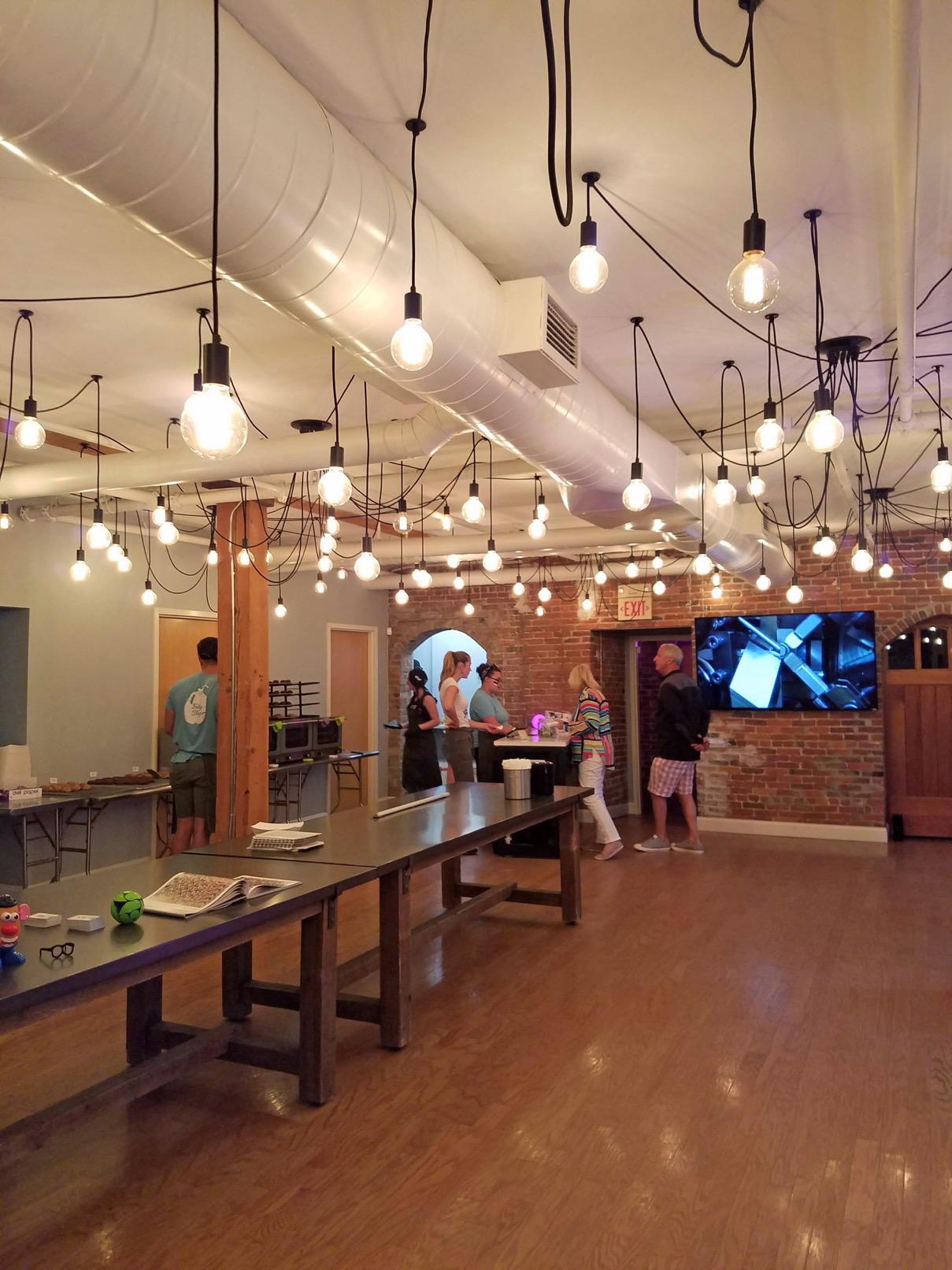
Day 2 in Salem
Salem offers a variety of tours, from historical to haunted. If you choose just one, make it the Salem Food Tour. Led by sprightly Karen Scalia, who’s a wealth of historical trivia, the tour covers Salem’s maritime roots, its architecture, and food in equal measure. The AM Coffee Walk wraps up at Salem Spice, a small but impressively stocked shop featuring unique spices—don’t leave without some Saigon cinnamon—and The Branch Olive Oil Co, which sells imported oils and vinegars.
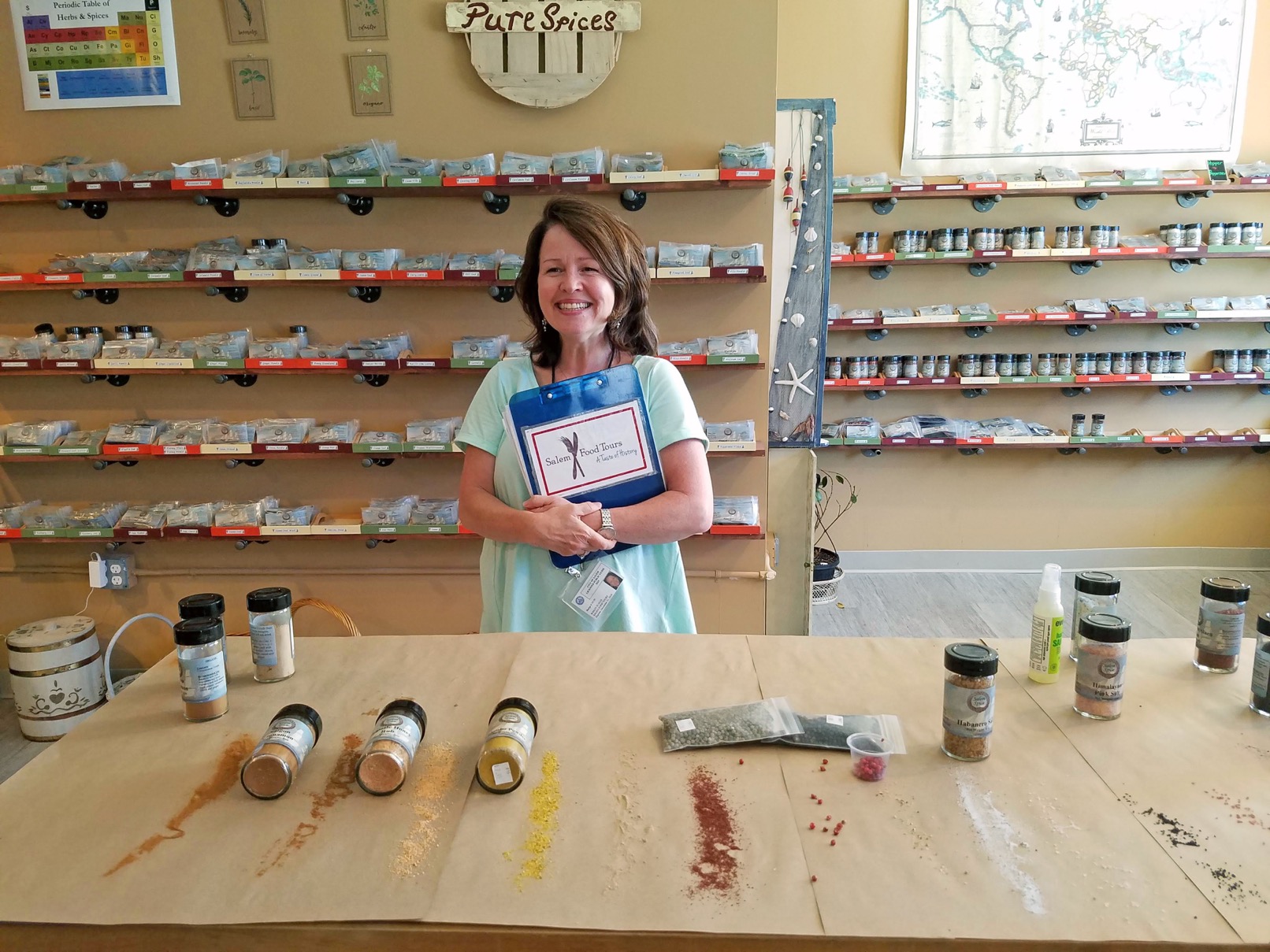
Plan to spend a couple of hours at the Peabody Essex Museum (PEM), one of the region’s larger and more diverse collections of art and culture, from maritime figureheads to modern photography. A must: the Yin Yu Tang, a 200-year-old Chinese merchant’s house that’s been reassembled on-premise. There’s an extra fee to tour it and it’s only available at select times, so visit the lobby first to make a note.
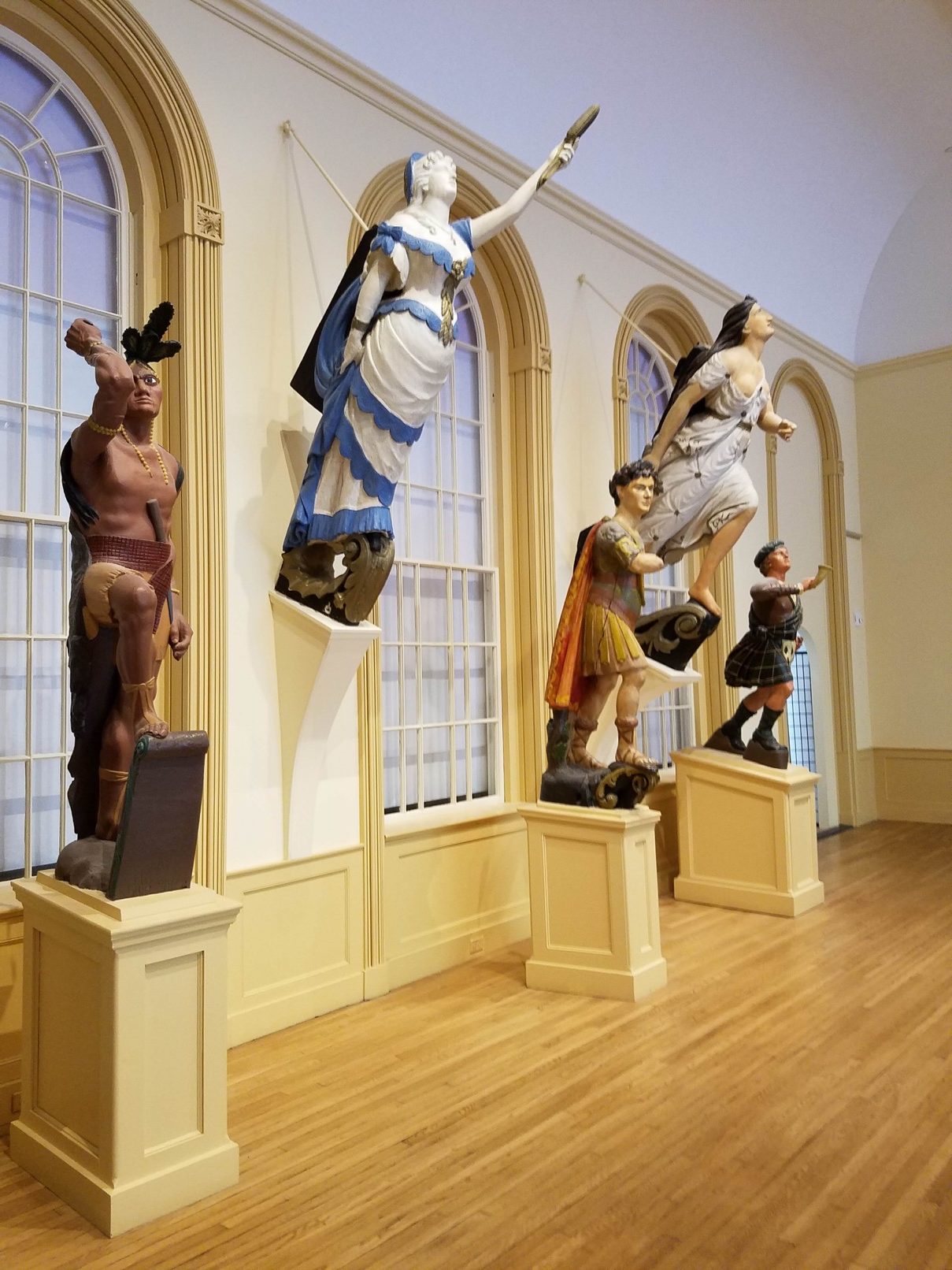
If you need a sugar boost to keep yourself fueled until lunch, you’ve got three great choices within a couple of blocks. On the edge of the downtown, Caramel is a sweet patisserie that provides a quieter snacking experience. Melt, by contrast, is usually packed inside and out, with people queuing up for their dozen-plus homemade ice cream flavors (including vegan). Just around the corner from the PEM, Jodi Bee Bakes is a vegetarian bakery with a slew of vegan and gluten-free options so good you won’t believe you’ve lived this long without them.
About those Witches
Bridget Bishop was one of the first people accused of practicing witchcraft in Salem, and the first to die. Following her hanging, the witch mob briefly backpedaled, thinking those executions might not be a good idea after all. Within a month, they resumed, and ultimately killed another 19 innocent people; photo by Robin Catalano.
Salem’s history will be forever intertwined with its infamous witch trials, which resulted from a complicated set of social circumstances, including fear of foreigners and women, and bald-faced greed.
The seeds of the witch hysteria were planted in the late 1600s, when several early landowners and politicians were attempting to buy—or else usurp—the property of other settlers. In 1692, a house slave named Tituba, who was mostly likely of South American heritage, was minding a group of young girls. To keep her charges entertained, she told them tall tales and performed sleight-of-hand tricks. Magic, even of the let’s-make-a-coin-disappear variety, was considered witchcraft by the Puritans. The girls, afraid their parents would find out they’d taken part, pretended to have been compelled by the devil. Falling into fits of screaming, weeping, barking like dogs, and feigning illness, they earned the nickname the Afflicted Girls.
One of the first people arrested for practicing witchcraft was Bridget Bishop. Bishop, who married three times and never had children, owned not just a home, but also an apple orchard and two popular taverns. Well-off and outspoken, Bishop smoked, drank, flirted with men, argued openly with her husbands, and, most egregious of all to repressive Puritan society, dressed flamboyantly in “a black cap, and a black hat, and a red paragon bodice bordered and looped with different colors.” She was arrested, based on scuttlebutt, for practicing witchcraft
The law in Salem at the time dictated that if property owners were executed for a crime, their holdings went not to their descendants, but to the city. And so the land-rich Bishop was swiftly shuttled to the front of the line. Although she maintained her innocence until the very end, she was tried and hanged within eight days of her arrest.
Old Salem Jail, where the accused—many of whom were outspoken opponents of the witch trials—were held, served a dual purpose. The conditions of its dungeons were so deplorable that four of the accused died while imprisoned, and many more succumbed to psychological torture and confessed to crimes they didn’t commit. The jail was also a cash cow for the city government: prisoners were charged daily room and board, giving avaricious politicians yet another way to amass wealth
During the 15-month period of witch hysteria, about one-sixth of Salem’s population of 2,600 was accused of witchcraft; even a few household pets were seized and executed. The youngest was four-year-old Dorothy Good, who was accused alongside her mother, Sarah Good. Sarah ultimately became one of 20 people, 15 women and 5 men, put to death—all but one of them hanged, not burned at the stake, as often depicted in movies or novels. Dorothy was jailed for nearly nine months before being released. Forever traumatized, she experienced mental health issues throughout her young life, and died a “madwoman” at the ripe age of sixteen.
The witch trials quickly became a dark stain on Salem’s history. Despite a day of public apology and remembrance in 1697, atonement continued. Author Nathaniel Hawthorne even added a w to his last name, Hathorne, to distance himself from his great-great-grandfather, John Hathorne, a leading judge during the trials.
If you’re starting to sense some parallels between the Salem witch hysteria and the political climate of today, Arthur Miller, who wrote The Crucible in 1953, at the height of McCarthyism, would probably agree with you.
From there, head to the Salem Witch Trials Memorial. Somber, tasteful, and contemplative, it goes beyond kitschy thrills to honor each of the twenty victims. The names and the means and date of execution for each are inscribed on simple benches under a row of locust trees. The victims’ words, taken directly from court transcripts, are etched into the memorial’s threshold, a poignant reminder of a dark chapter in Salem’s history. Although the memorialized are not interred at the adjacent Burying Point cemetery, several important figures in Salem history are.
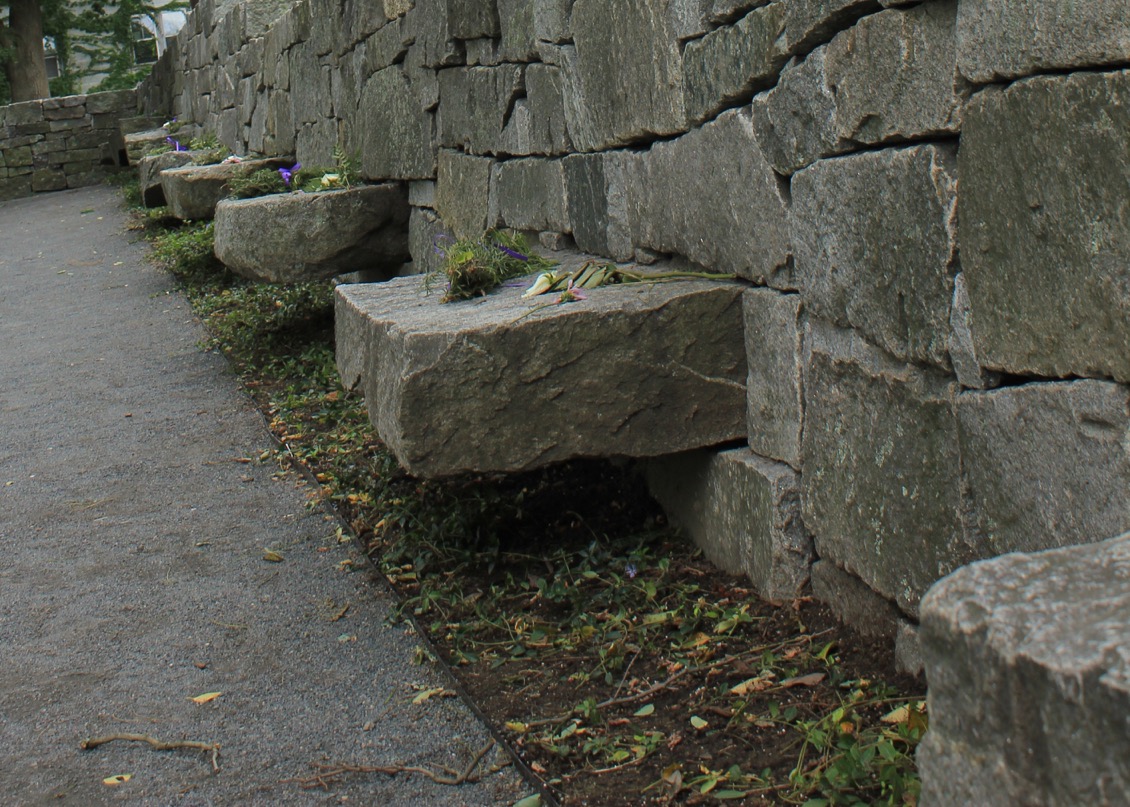
Pick up the sightseeing trail with a ramble down to the wharf and Salem Harbor. Finz is an excellent choice for lunch, both for fresh-off-the-docks sushi and seafood, plus creative cocktails at its sinuous, seemingly never-ending bar.
Salem has a variety of options for getting out on the water, but one of the most relaxing is a schooner ride. The Fame is a full-scale replica of an 1812 cod-fishing schooner–turned-privateer that captured 20 ships during the Revolutionary War. Kick back with a beer, wine, or margarita (no, you cannot smoke weed). Or else help raise the sails and steer the ship, and keep your eyes peeled for sightings of egrets on fishing expeditions, diving dolphins, or baby osprey poking their fuzzy heads up from ottoman-size nests. Just like a real sailor, you’ll even get hardtack snack, which is exactly as tasty as it sounds.
Get your land legs back under you by walking a few blocks down Lafayette Street to the Point neighborhood and the Punto Urban Art Museum. Over its three-block radius, it features more than 75 massive outdoor murals by a variety of local and world-renowned artists. With its goal to encourage neighborhood pride, increase economic opportunity, and break down socioeconomic barriers through thought-provoking art, it’s an excellent example of Salem’s inclusiveness.
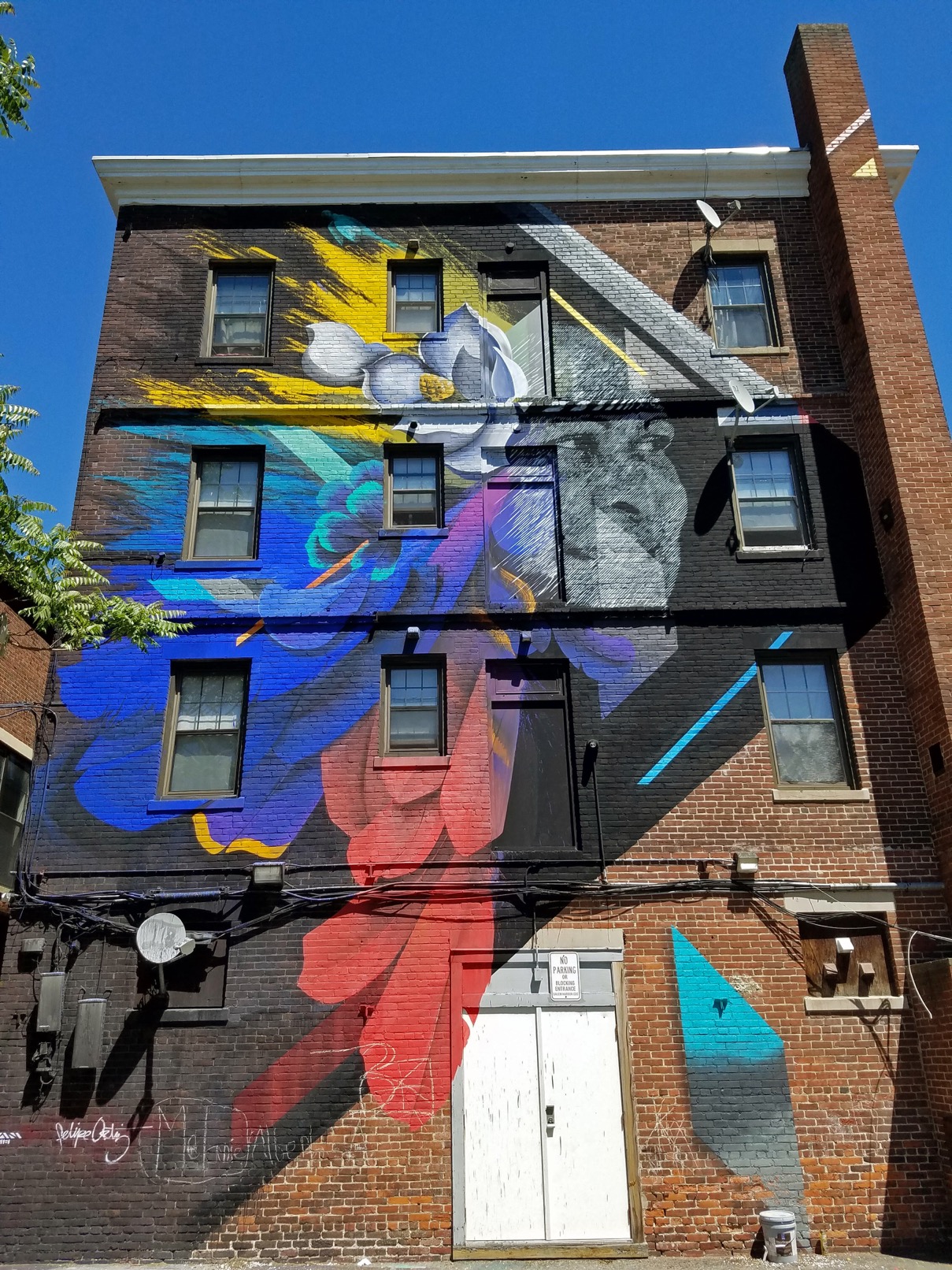
Grab your car or hail a Lyft out to Winter Island Maritime Park. Small in size but big on impact, it’s beautifully positioned at the confluence of several channels and coves. The park offers camping (RV and tent) and a public boat ramp. Even better, lace up your walking shoes and take the short path from the parking lot out to the lighthouse. On a clear day, you’ll be treated to phenomenal views of the inky harbor, the sounds of buoy bells clanging in the distance. Follow the narrow path through the woods, over roots and rocks, to Waikiki Beach—which proves that our forefathers not only had good taste in seaside attractions, but also an unusual sense of humor.
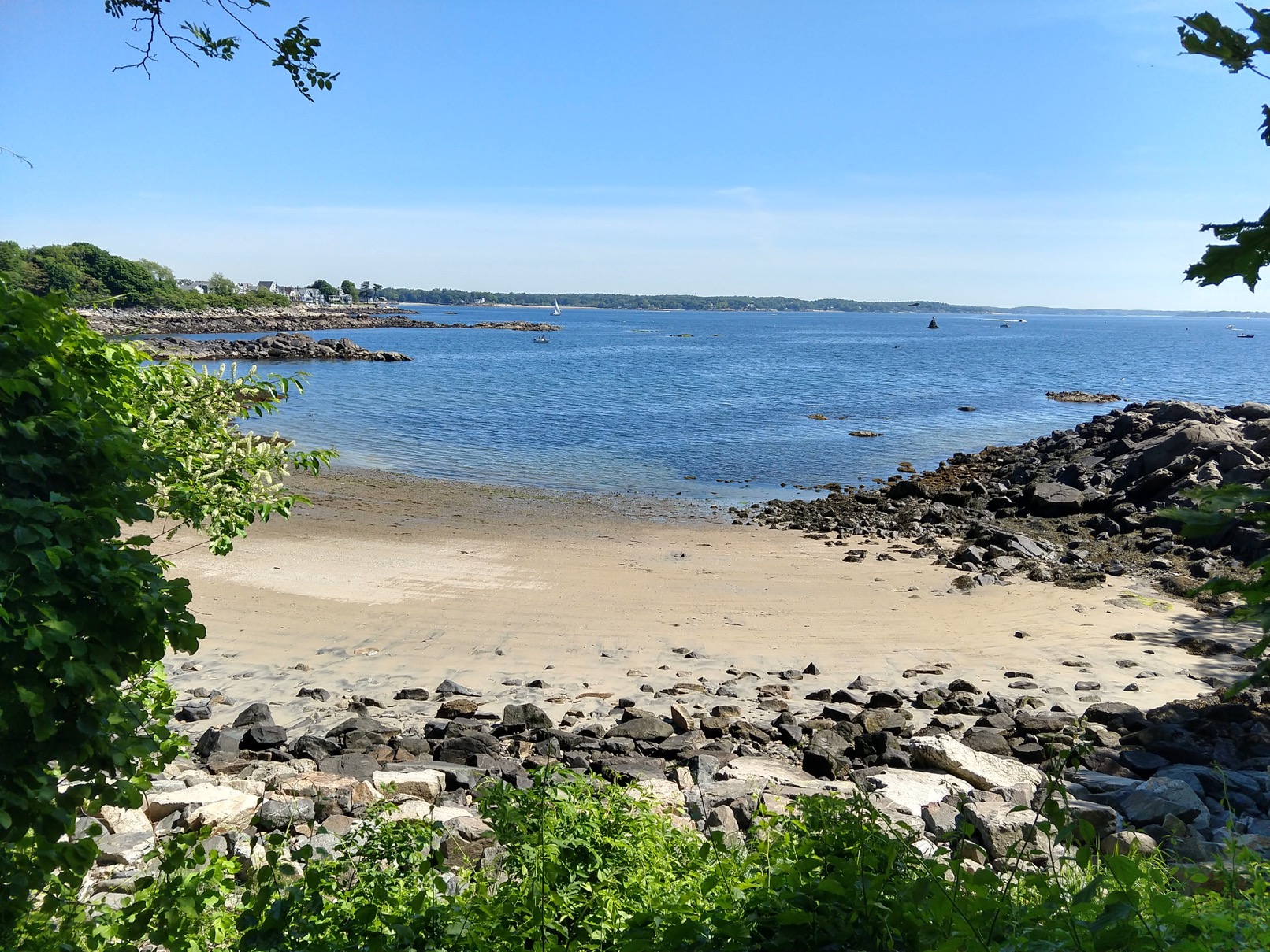
On the opposite side of the peninsula, less than five minutes’ drive, is Salem Willows. Named for the European willow trees that once created shady walkways for recuperating smallpox patients, it has been a public park since 1858. A slice of Americana, the Willows has a beach, a yacht club, an arcade, and, in late spring and early summer, a carnival. It’s the place to be at sunset, with a brushstroke sky hanging over the water and boats amiably nodding along with the waves.
Dinner at Salem Willows is fast, cheap, and family-friendly, though more of the comfort-food than healthy-meal variety—including Salem Lowe’s legendary chop suey sandwich. (Yes, it’s actually chop suey. In a sandwich.) For a more satisfying sit-down experience, head back into downtown and the upper end of Lafayette Street to Kokeshi. Industrial-chic and funky-kitschy, complete with Godzilla movies projected onto the wall across from the bar, the restaurant serves Asian street food with a twist. It’s hard to choose a favorite here, but you’ll be talking about the ahi tuna poke bowl and lychee sangria all the way back to your room.
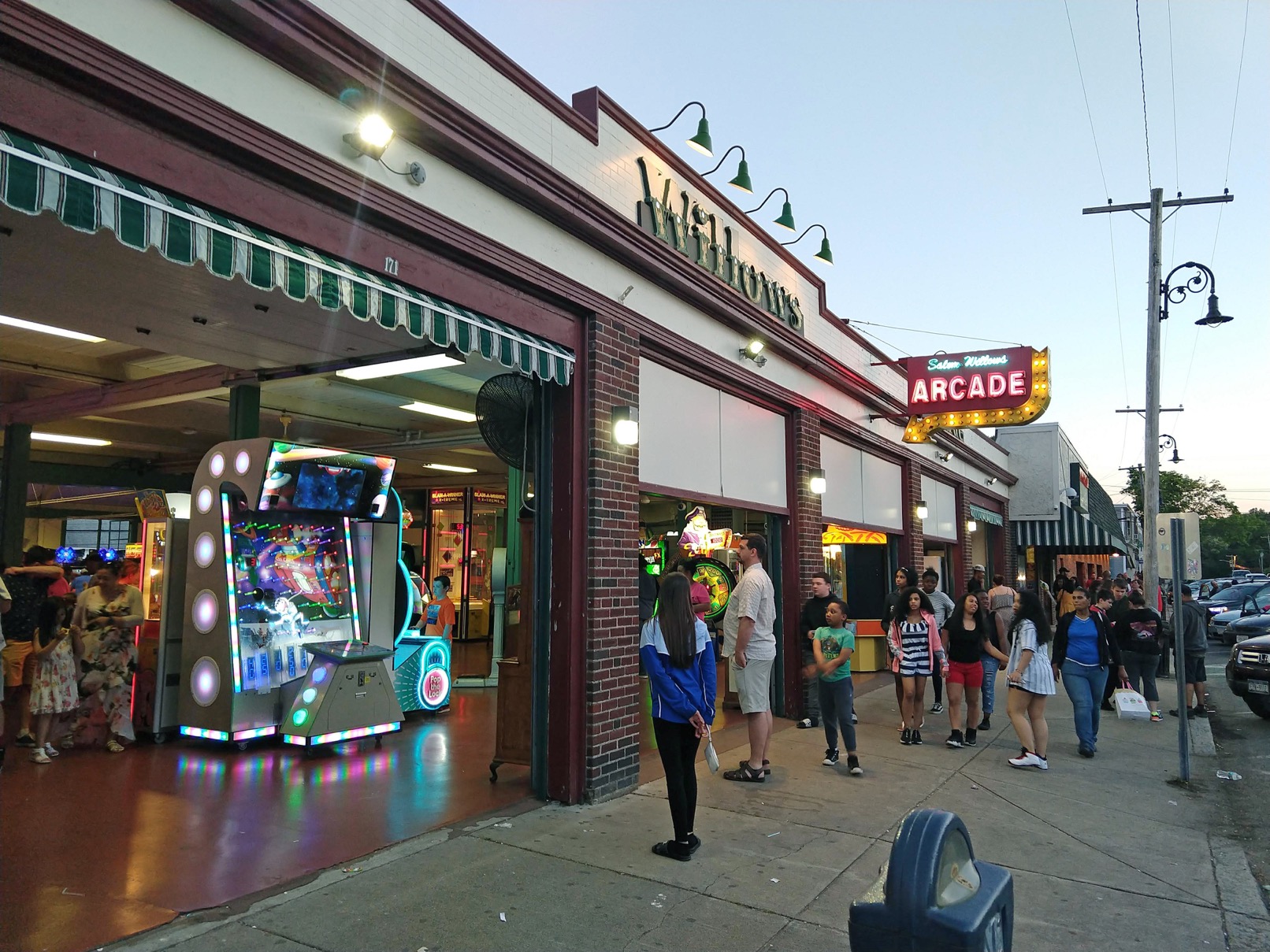
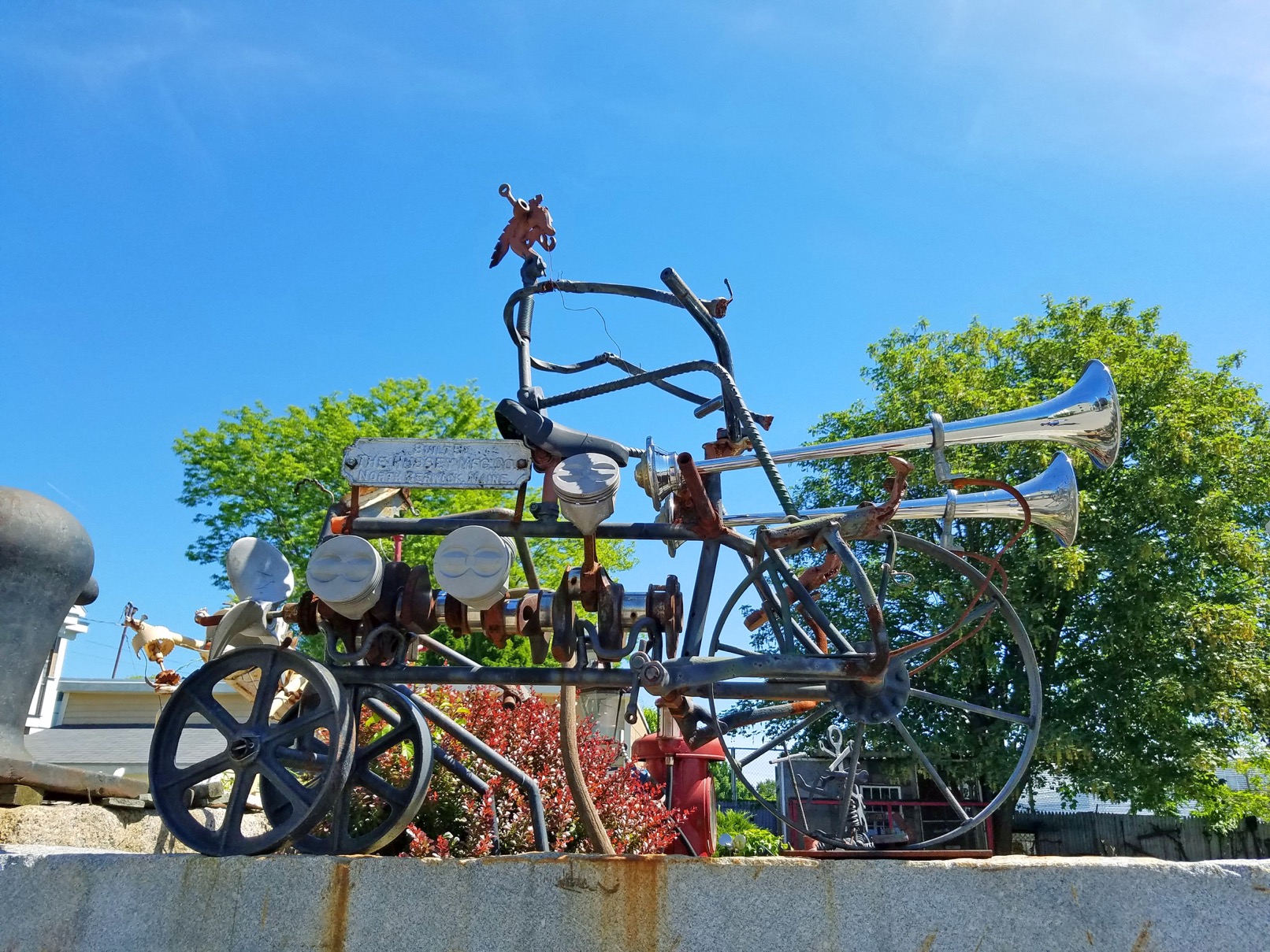
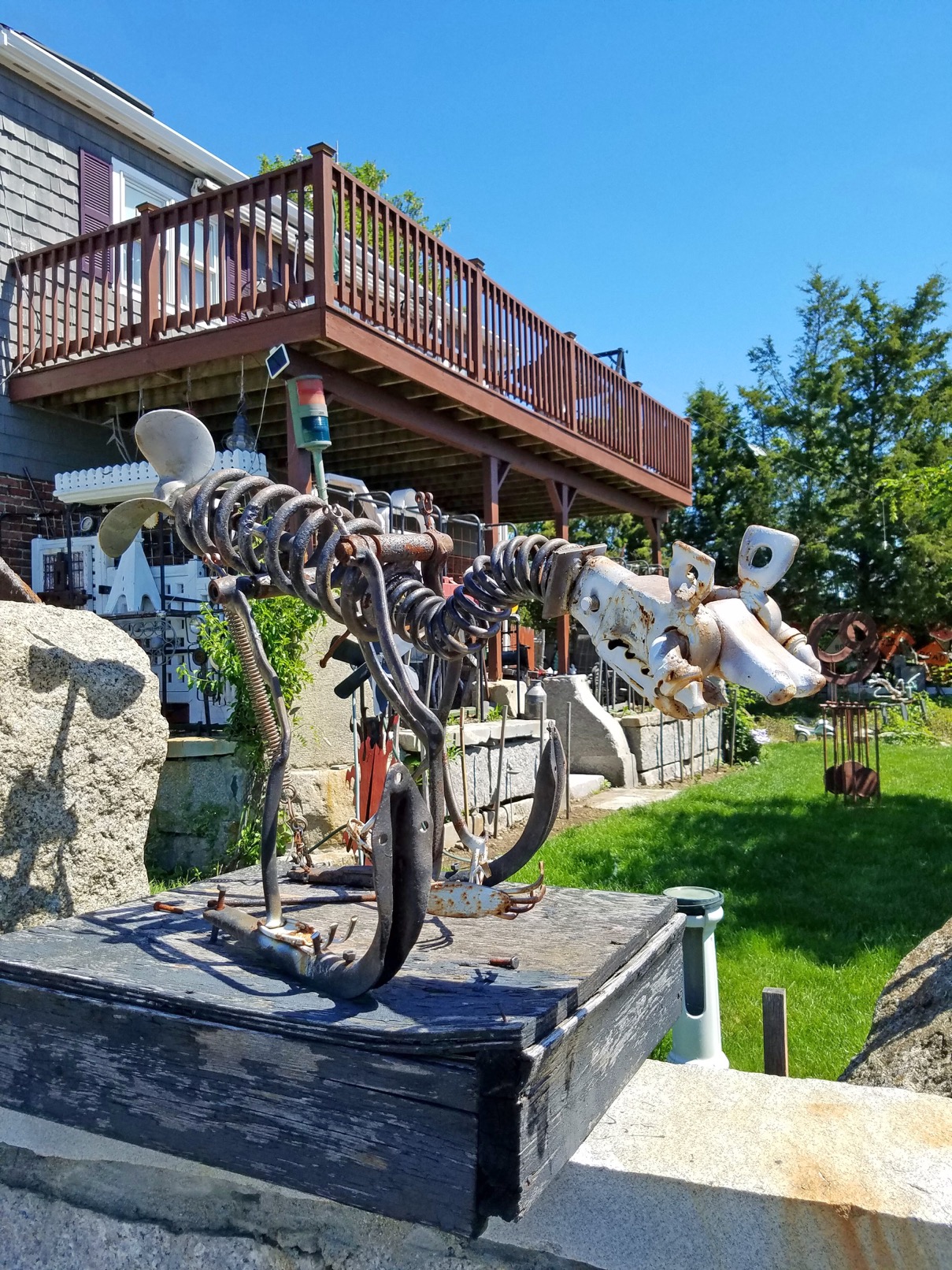
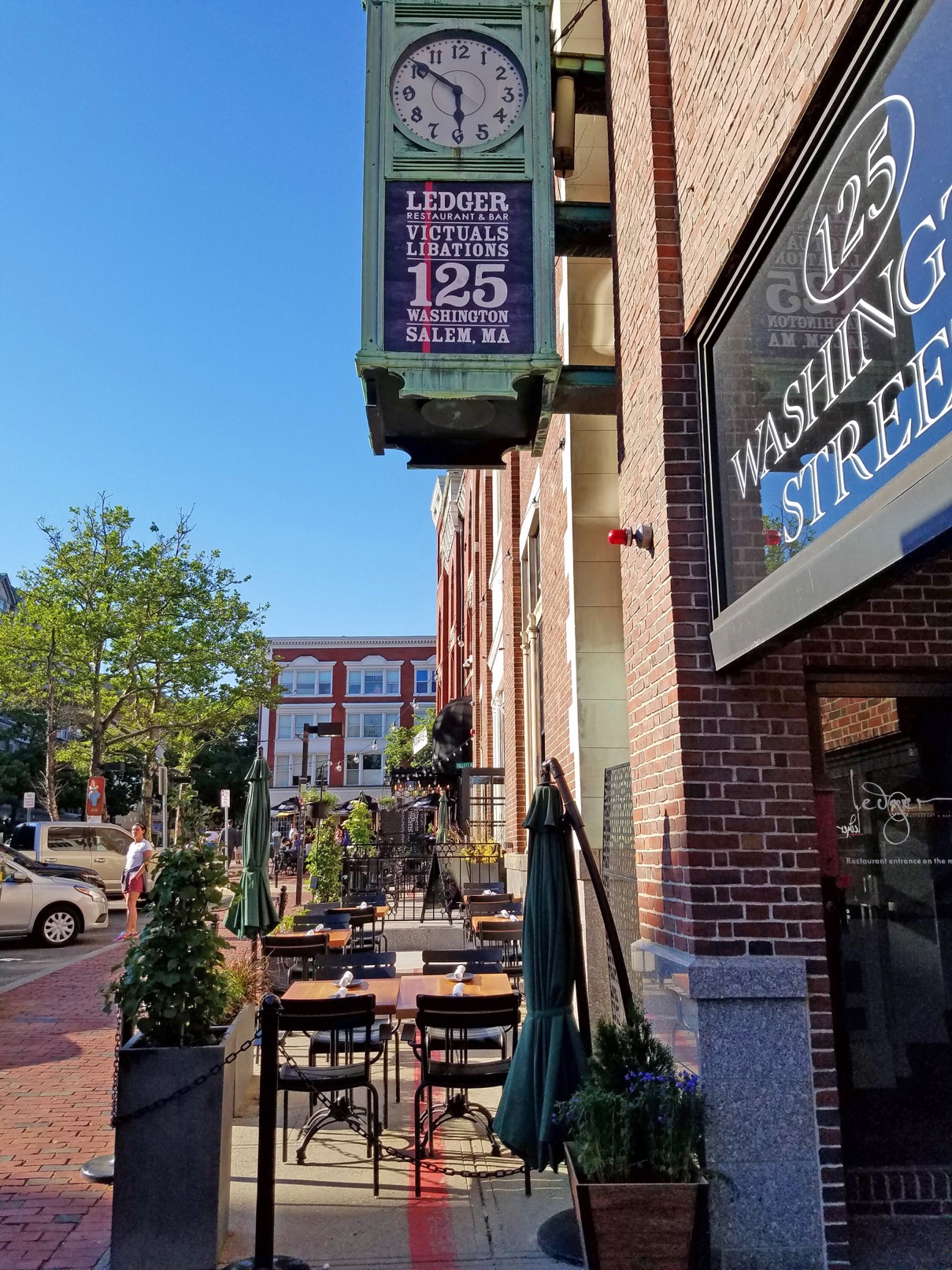
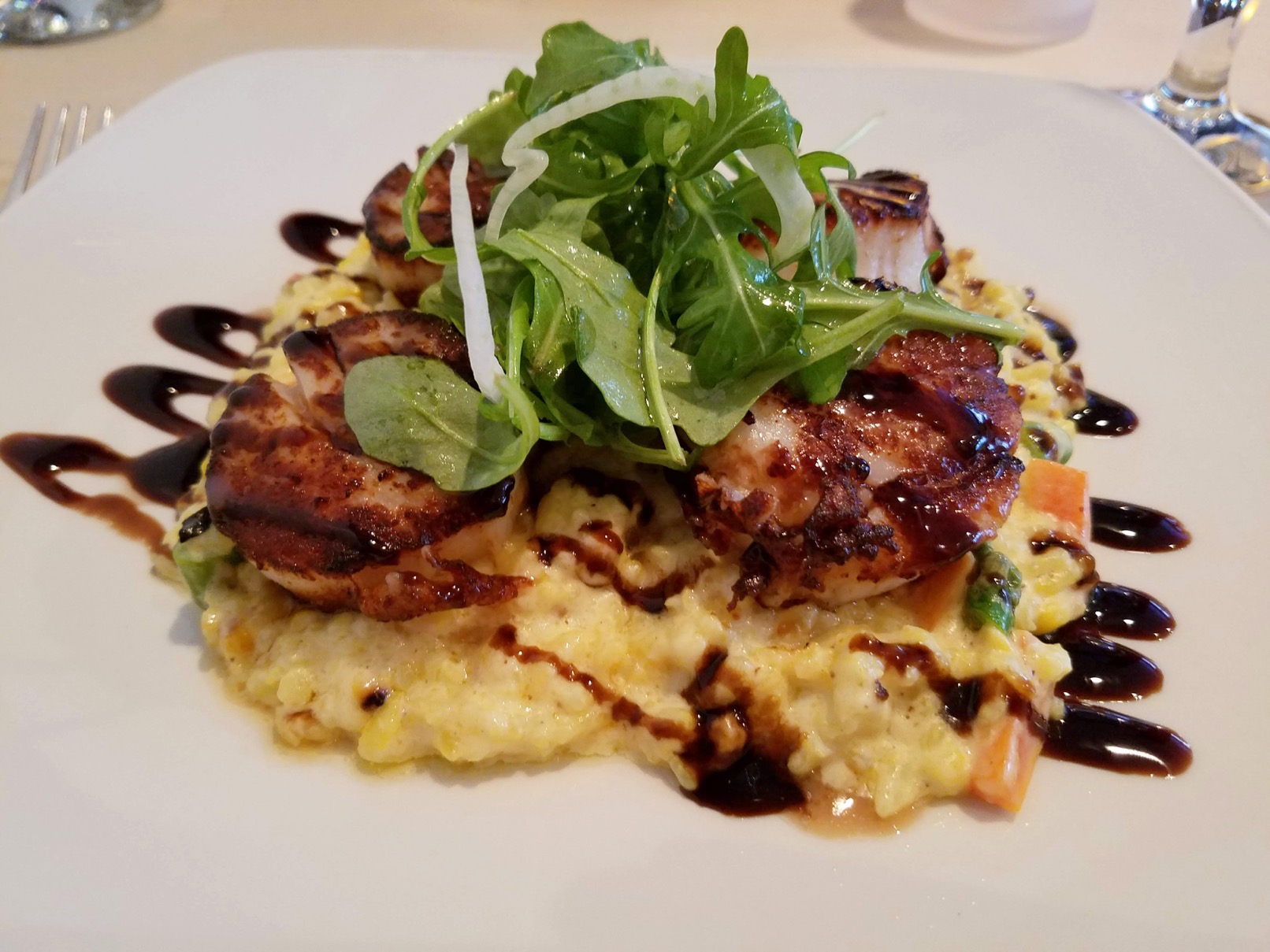
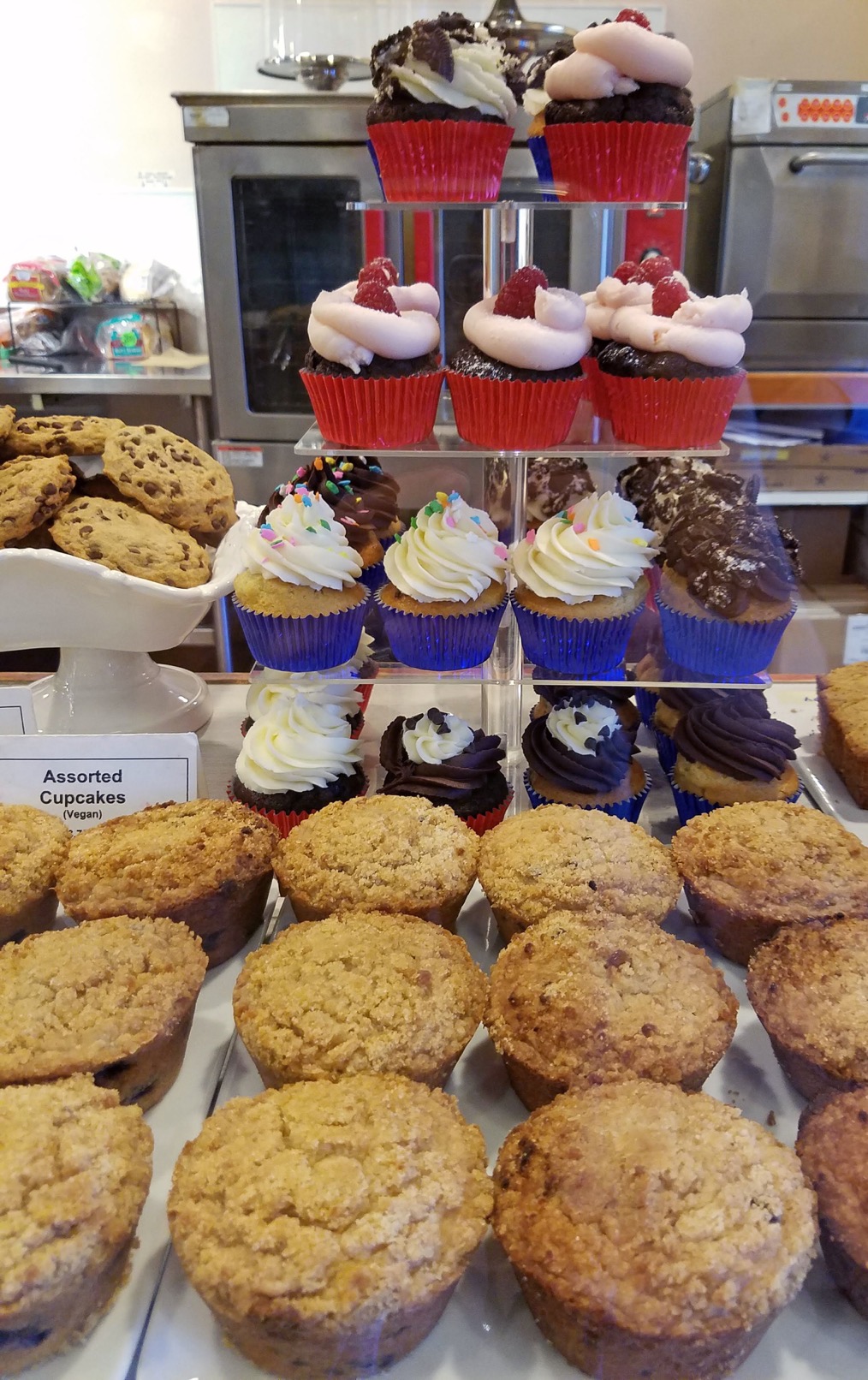



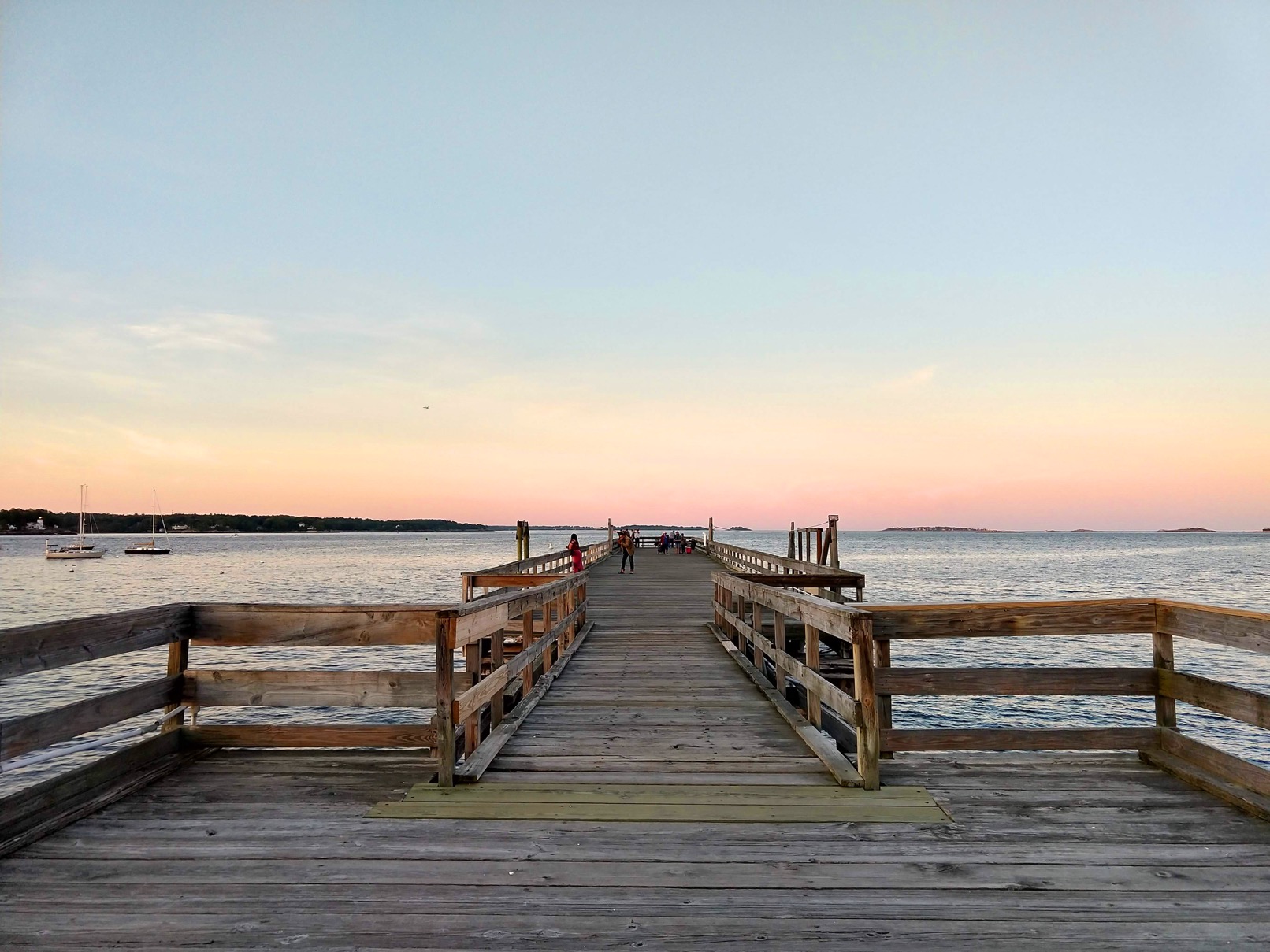


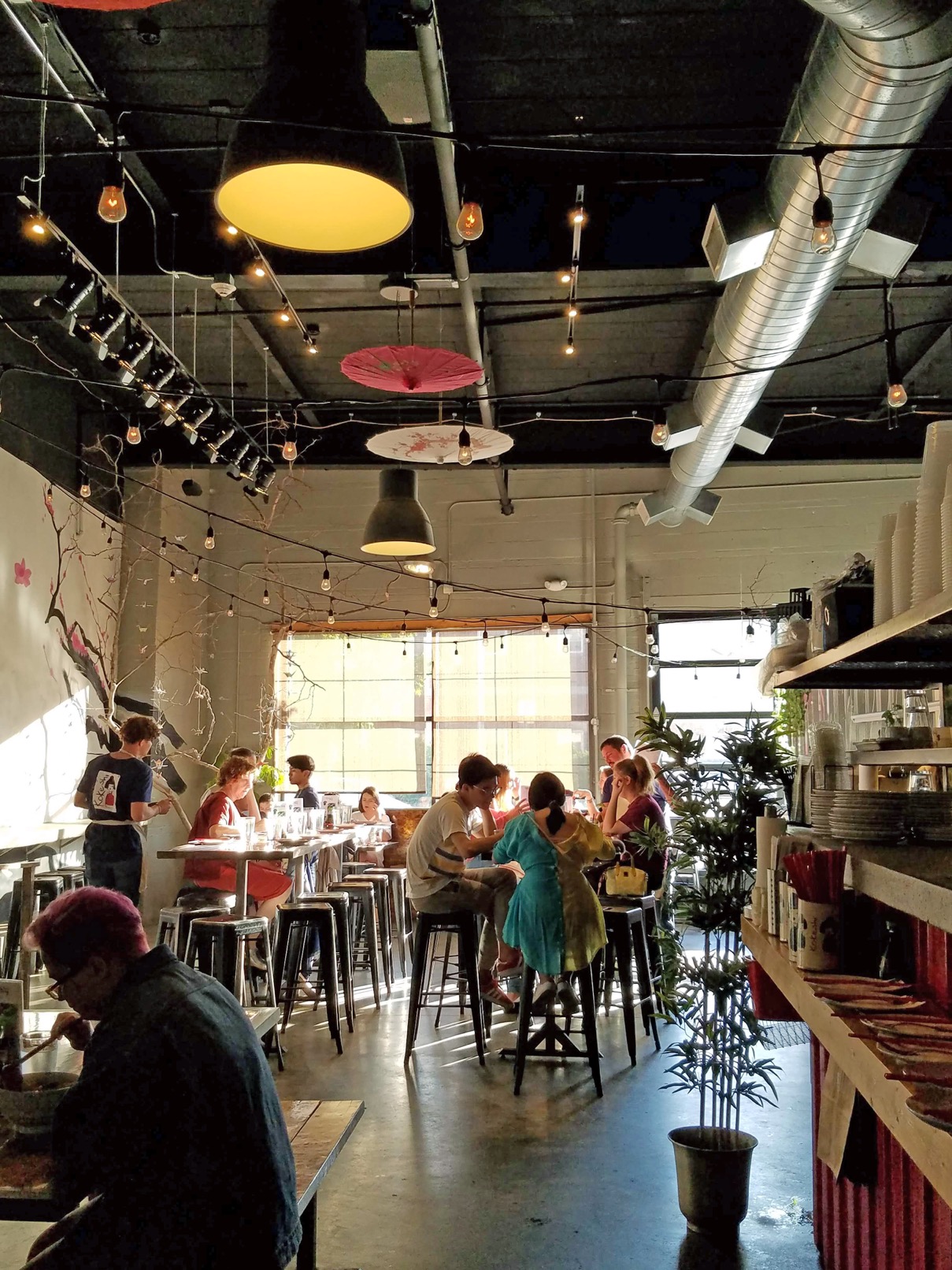
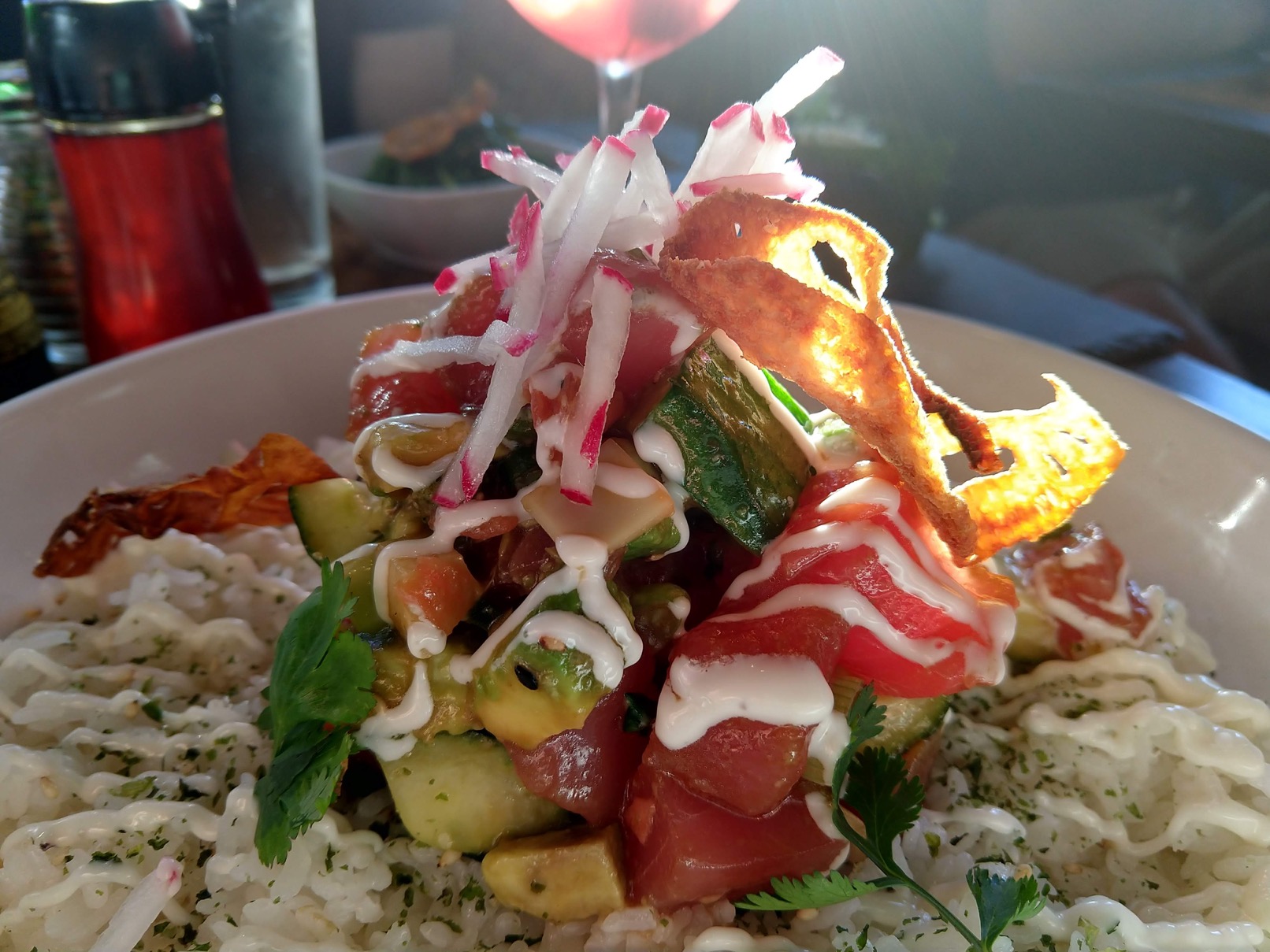
















You must be logged in to post a comment.